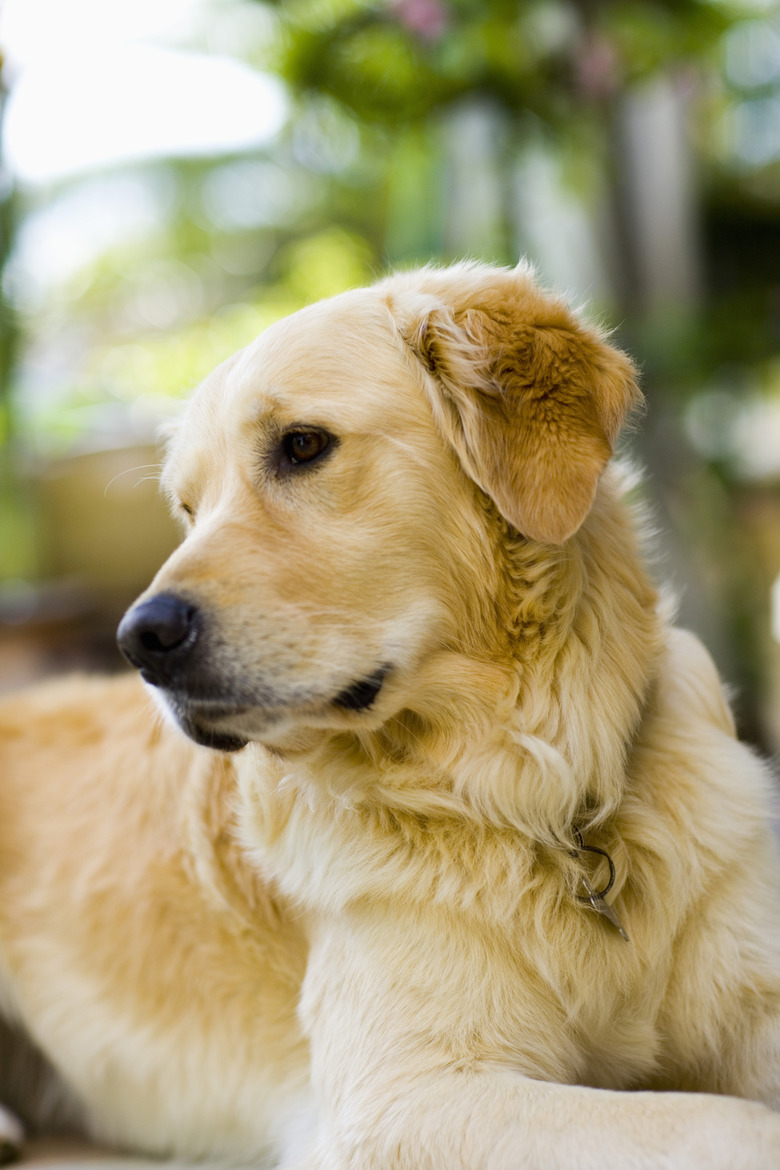Homemade Canine Stifle Brace
Dogs are often active pets and may injure their stifle or knee joints. These dogs, typically suffering from pain, then become inactive and can develop more serious problems, such as arthritis, if the joint does not receive attention. A stifle brace is invaluable after a knee operation, and in select cases owners can opt for the brace instead of surgery. Several companies produce braces for dogs, but it is possible to make a stifle brace yourself.
Stifle Joint
Stifle Joint
A canine's knee-joint functions as a hinge and keeps the dog's leg stable when it bends and straightens. Injuries, such as a torn ligament, affect the correct functioning of the knee-joint. Dogs that suffer from damaged ligaments and other knee injuries, experience pain and inflammation in the knee region. These dogs typically develop arthritis as a result of this condition, which is quite common in dogs.
Stifle Injuries
Stifle Injuries
Abnormal stress on the knee may crush or tear the lateral and medial menisci, which are the knee's shock absorbers. Dogs become lame when these quarter-moon shaped pieces of cartilage are damaged. Injured canines have difficulty putting their weight on the affected leg and often damage their other knee as well, as this is taking more weight. Dogs which have sustained this type of knee injury should be fitted with a stifle brace as soon as possible. These dogs can wear the brace while waiting for surgery. Dogs that have undergone surgery should wear a stifle brace for between three and six months after the operation. This time is required for the dog to heal.
Support Both Knees
Support Both Knees
A dog that has injured its knee typically needs a brace on both back legs. It is important to support the healthy knee as well, so that it does not become injured because of uneven weight distribution. Dogs can begin to wear a brace prior to their operation and thereafter, until the knee has healed completely.
Brace Requirements
Brace Requirements
You can make a stifle brace of strong material and add a metal support, which is hinged at the joint. The material must "hug" the entire stifle area tightly, to prevent unnecessary sideways movement in the knee-joint. The metal support needs to bend at the point where the knee naturally bends. The best braces comprise of three sections that are connected with steel tubing, which hinge at the knee-joint. You should be able to place the top section tightly around the dog's upper thigh, just below the animal's groin. Position the middle section around the dog's knee and then secure the lower section just above the dog's hock. Velcro material or straps secure the various sections to the animal's leg.
Always check with your veterinarian before changing your pet's diet, medication, or physical activity routines. This information is not a substitute for a vet's opinion.
